Memorial and community centre honour Jewish culture in Poland
Mark Holocaust Memorial Day (27 January) by exploring this recently completed exhibition and education centre by Krakow-based architecture firm NArchitekTURA
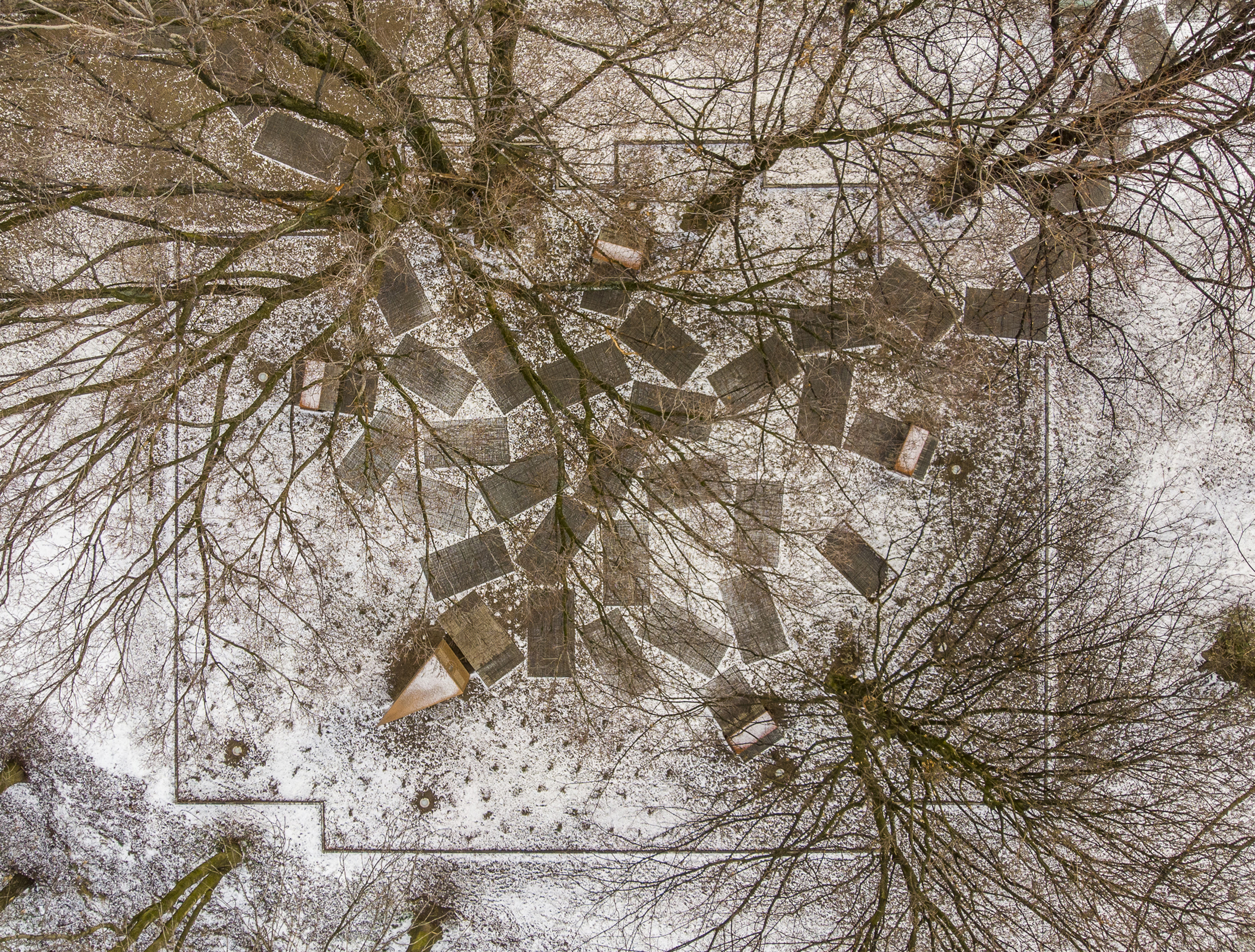
Architect Bartosz Haduch and his Krakow-based architecture firm NArchitekTURA have just completed two projects for the Jewish community in Oświęcim – the Polish city where the concentration camp of Auschwitz was located during WW2. One of the two is a sculptural piece located in the city's memorial park. The other is the city's Jewish Centre, an education and exhibition facility that honours and tells the story of the region's Jewish population. Both works were a direct commission from the Auschwitz Jewish Center.
The memorial sits on the grounds of a temple, which was destroyed a little over 80 years ago. The design, a composition of seemingly randomly placed stone surfaces, symbolises ‘the ruins of the now defunct Great Synagogue (1863-1939) and the paths of life of the multicultural community that were once criss-crossing in this place,' explains Haduch.
The project is built in gray sandstone slabs, which feature irregular cuts and scrapes on their surface – a sourced industrial waste material. The patterns not only offer a striking visual effect, but they also hint at the story the memorial tells.
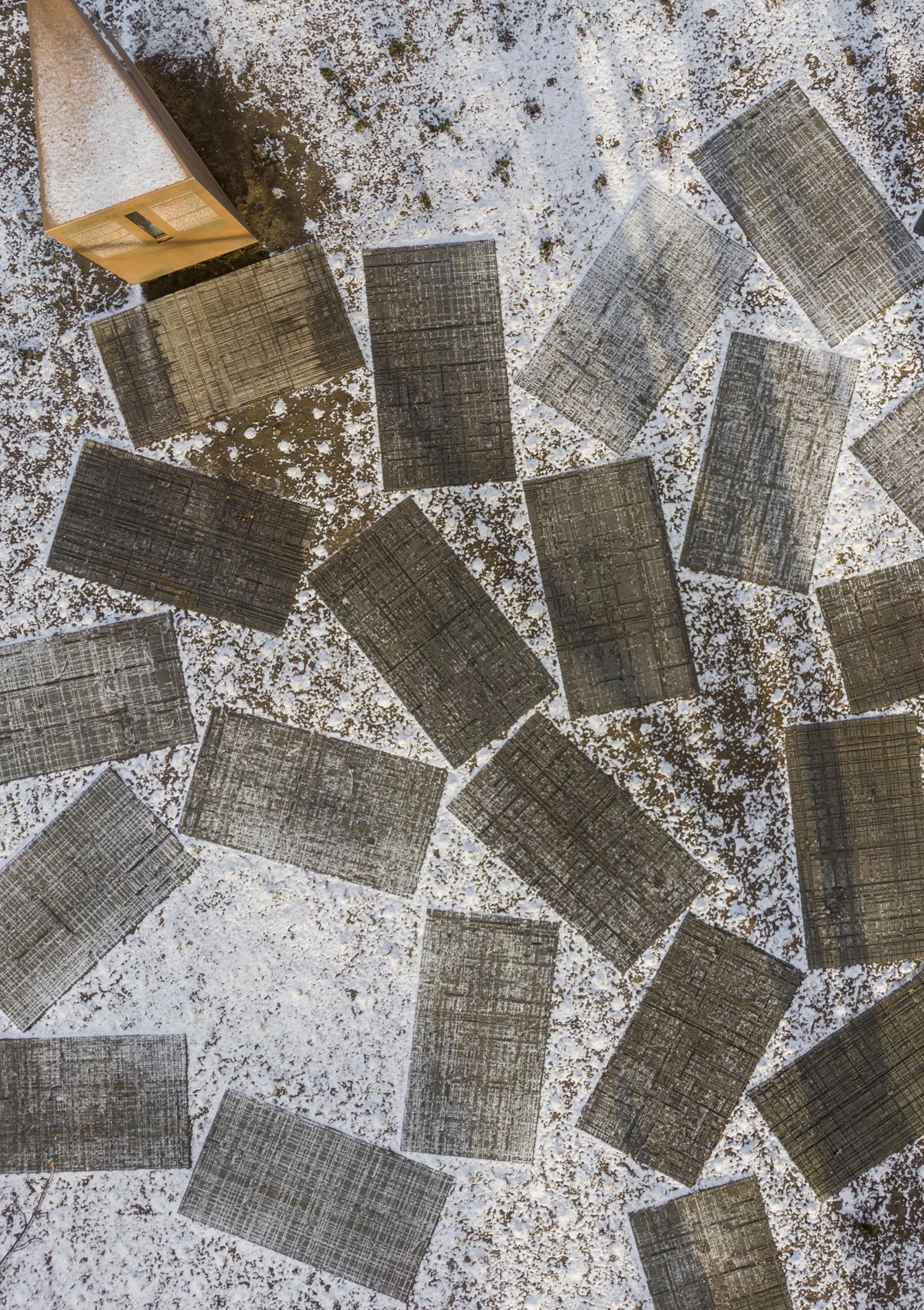
‘The criss-crossing cut-in-stone lines take on a symbolic dimension,' says Haduch. ‘Without any clear beginning or end, they seem to be heading towards infinity. This dense network of lines evokes the paths of human life, that sometimes just intersect, and at other times connect to go on together.' Fittingly, the memorial is titled ‘Paths of Life'.
The Jewish Centre, works on which began back in 2014, was completed in stages over the past six years with the final touches added this autumn. Involving the renovation and adaptation of a cluster of historical buildings in the heart of town, the space features a carefully planned exhibition and a series of triangular structures – ‘prisms,' as Haduch describes them – made out of copper and rusty metal that suggest directions for sightseeing and routes through the displays. Drawing on natural materials, the Jewish heritage and a sensitive approach to cultural and historical nuances, the design feels a fitting ‘twin' to the memorial's solution.
‘Who knows, maybe after a few hundred years time, this place will become a mysterious archeological site?' muses Haduch. ‘After all, throughout centuries, humanity has been learning about ancient times from illustrations and texts immortalized in stone. I often wonder how will be interpreted in the distant future the message hidden in forty pieces of the Memorial Park?'

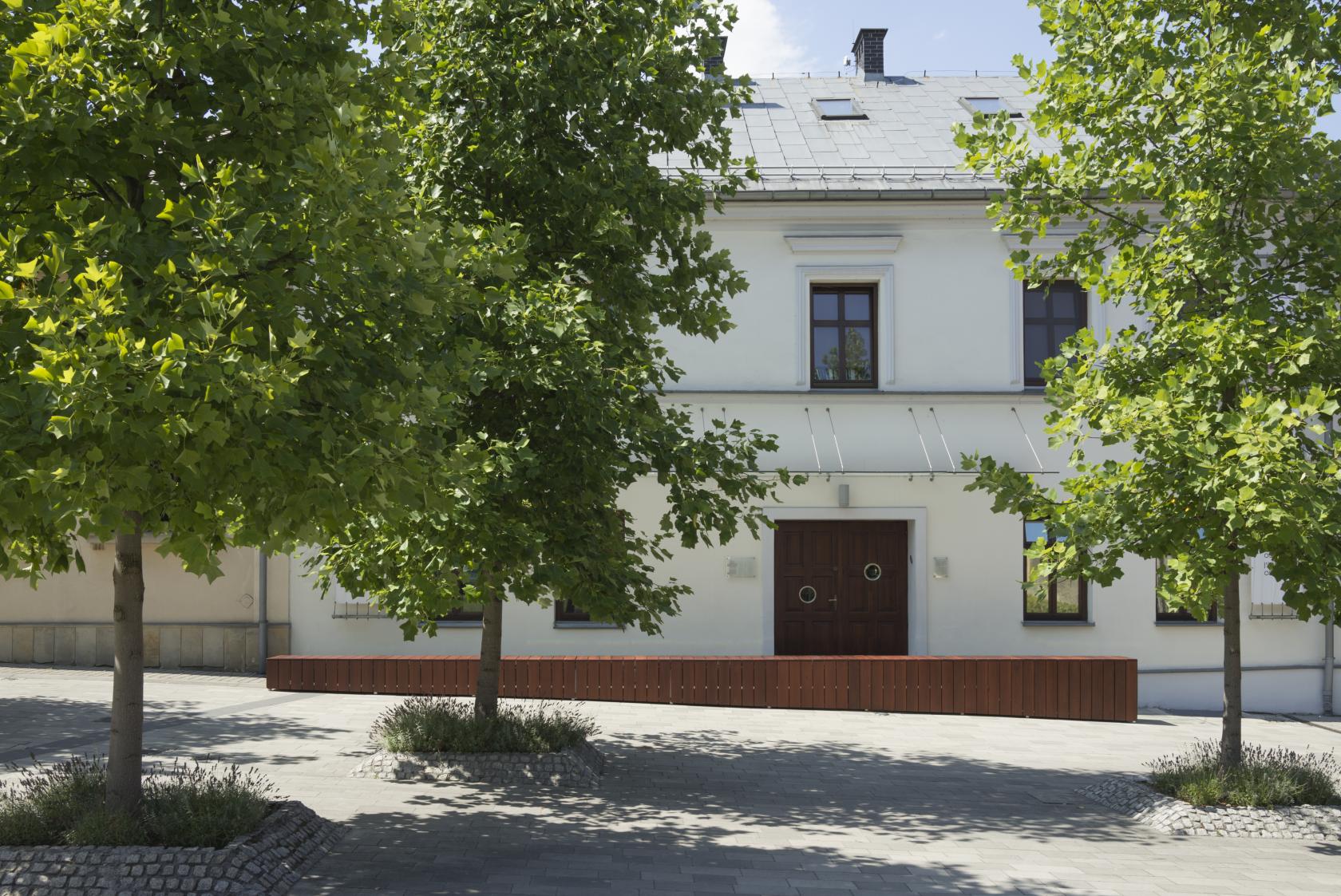


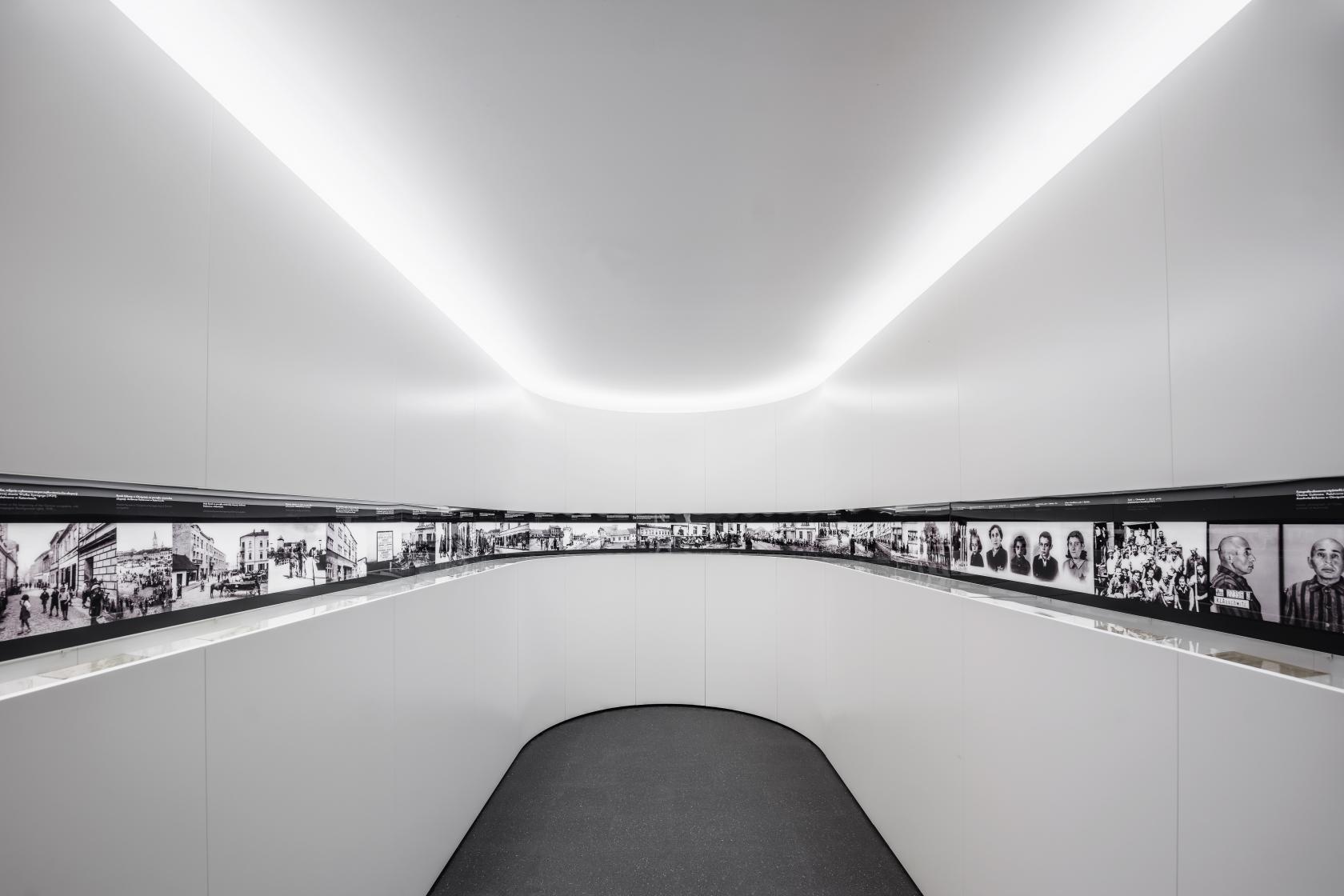
Information
Receive our daily digest of inspiration, escapism and design stories from around the world direct to your inbox.
Ellie Stathaki is the Architecture & Environment Director at Wallpaper*. She trained as an architect at the Aristotle University of Thessaloniki in Greece and studied architectural history at the Bartlett in London. Now an established journalist, she has been a member of the Wallpaper* team since 2006, visiting buildings across the globe and interviewing leading architects such as Tadao Ando and Rem Koolhaas. Ellie has also taken part in judging panels, moderated events, curated shows and contributed in books, such as The Contemporary House (Thames & Hudson, 2018), Glenn Sestig Architecture Diary (2020) and House London (2022).
-
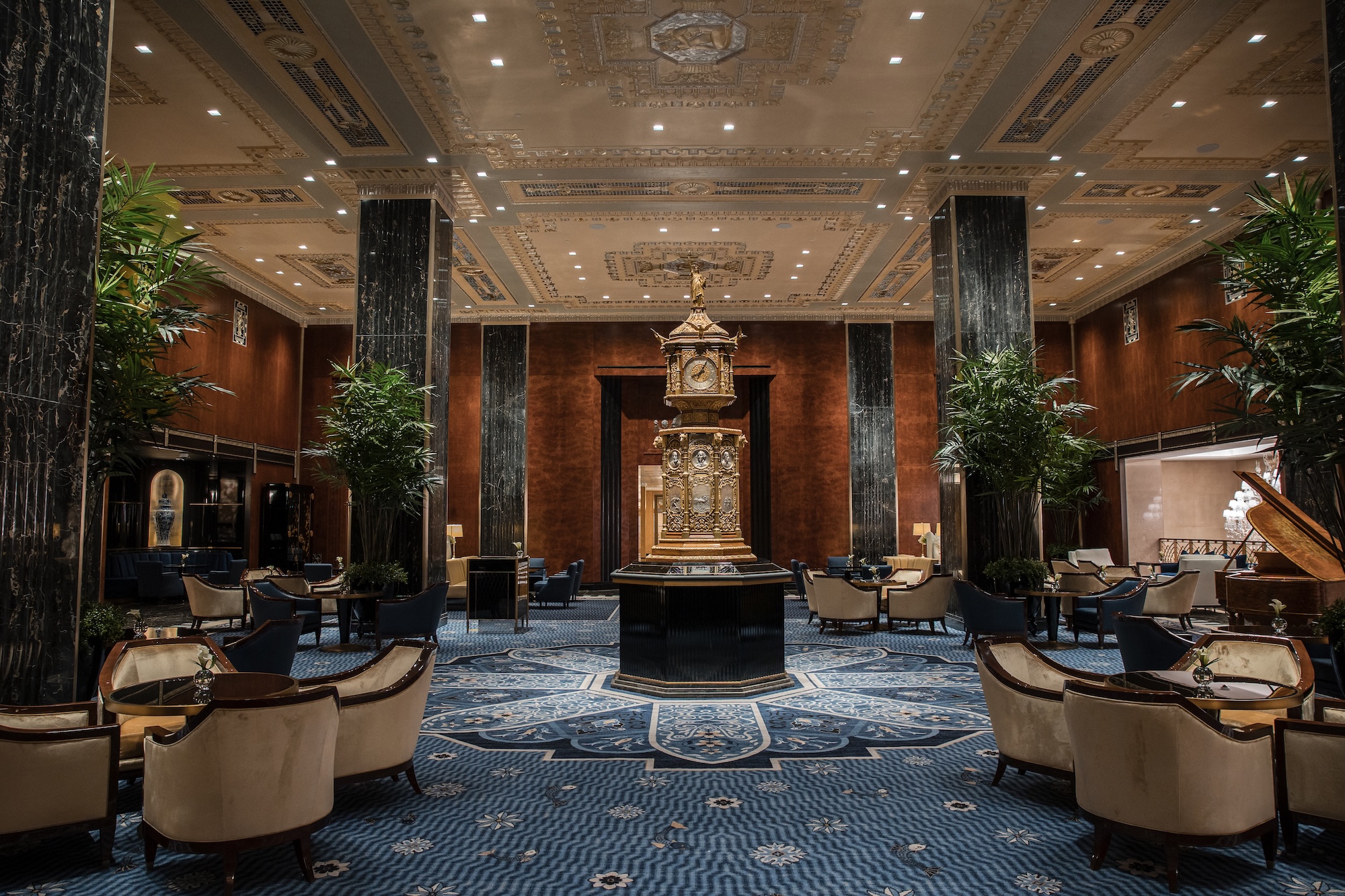 Is the Waldorf Astoria New York the ‘greatest of them all’? Here’s our review
Is the Waldorf Astoria New York the ‘greatest of them all’? Here’s our reviewAfter a multi-billion-dollar overhaul, New York’s legendary grand dame is back in business
-
 Colleen Allen’s poetic womenswear is made for the modern-day witch
Colleen Allen’s poetic womenswear is made for the modern-day witchAllen is one of New York’s brightest young fashion stars. As part of Wallpaper’s Uprising column, Orla Brennan meets the American designer to talk femininity, witchcraft and the transformative experience of dressing up
-
 A new Korean garden reimagines tradition for the 21st century
A new Korean garden reimagines tradition for the 21st centuryThe new Médongaule Korean Gardens in Gyeonggi Province explore the country’s rich tradition; within it, the Seongok Academy Building provides a layered spatial experience drawing on heritage and a connection with nature
-
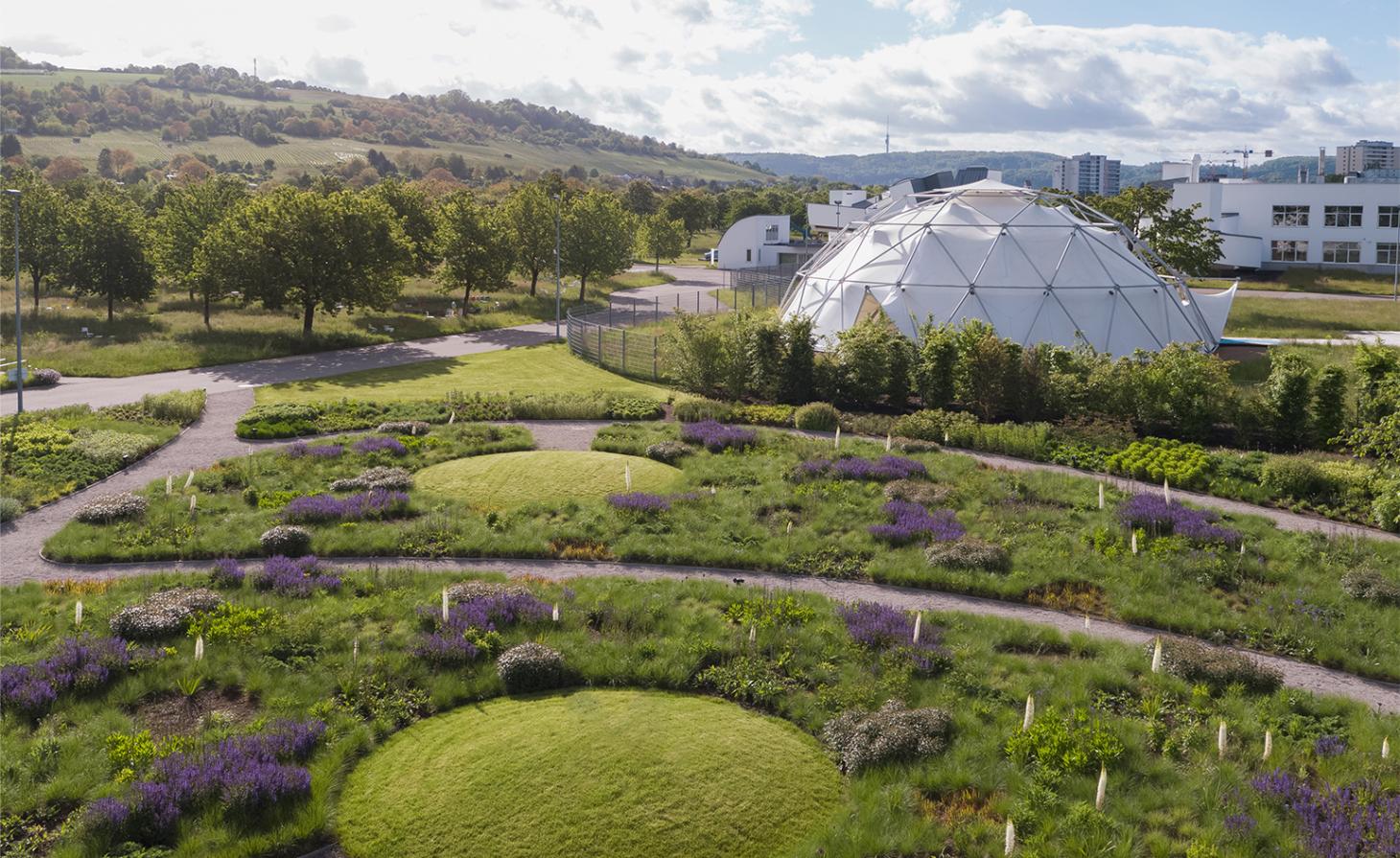 Piet Oudolf is the world’s meadow-garden master: tour his most soul-soothing outdoor spaces
Piet Oudolf is the world’s meadow-garden master: tour his most soul-soothing outdoor spacesPiet Oudolf is one of the most impactful contemporary masters of landscape and garden design; explore our ultimate guide to his work
-
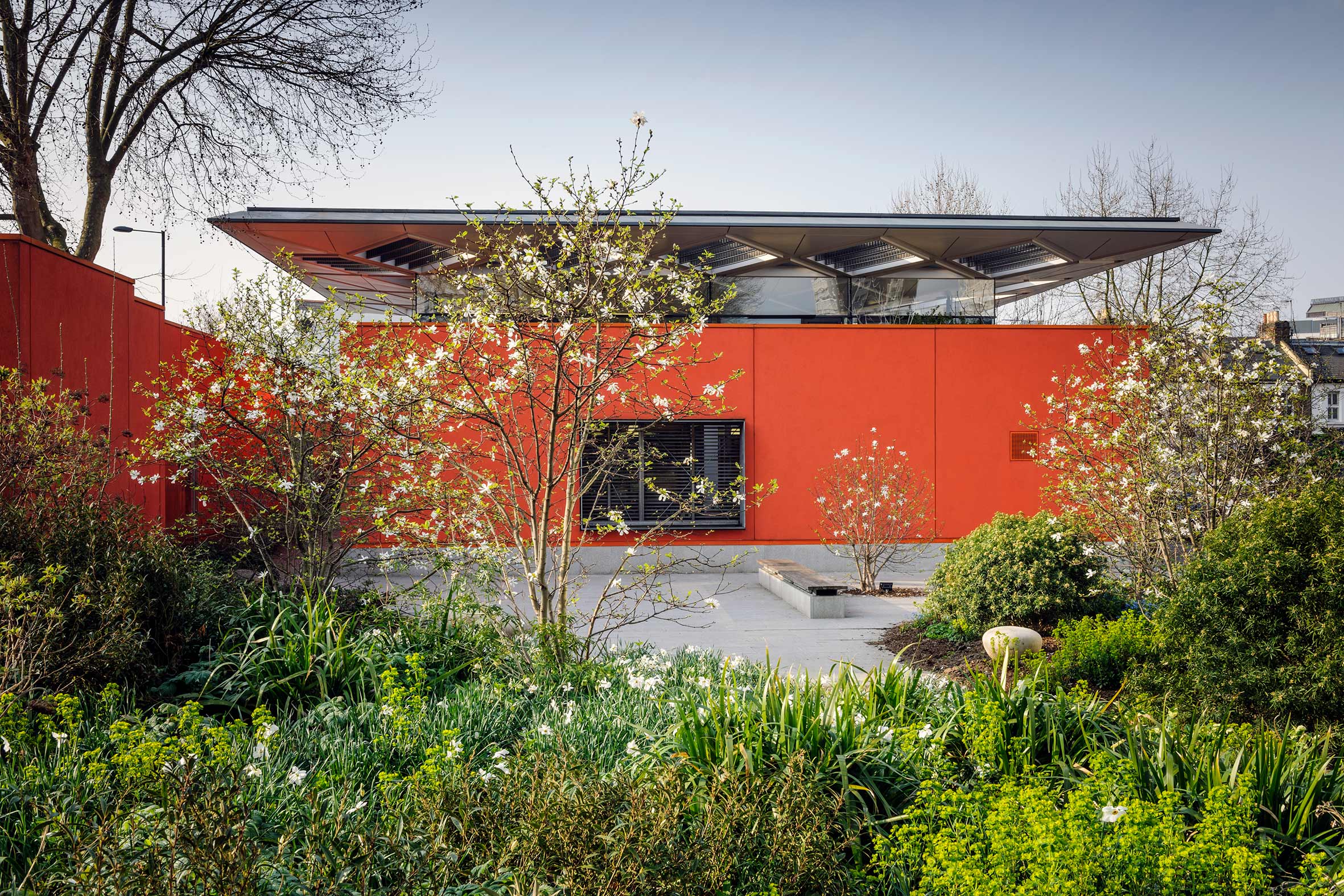 How Maggie’s is redefining cancer care through gardens designed for healing, soothing and liberating
How Maggie’s is redefining cancer care through gardens designed for healing, soothing and liberatingCancer support charity Maggie’s has worked with some of garden design’s most celebrated figures; as it turns 30 next year, advancing upon its goal of ‘30 centres by 30’, we look at the integral role Maggie’s gardens play in nurturing and supporting its users
-
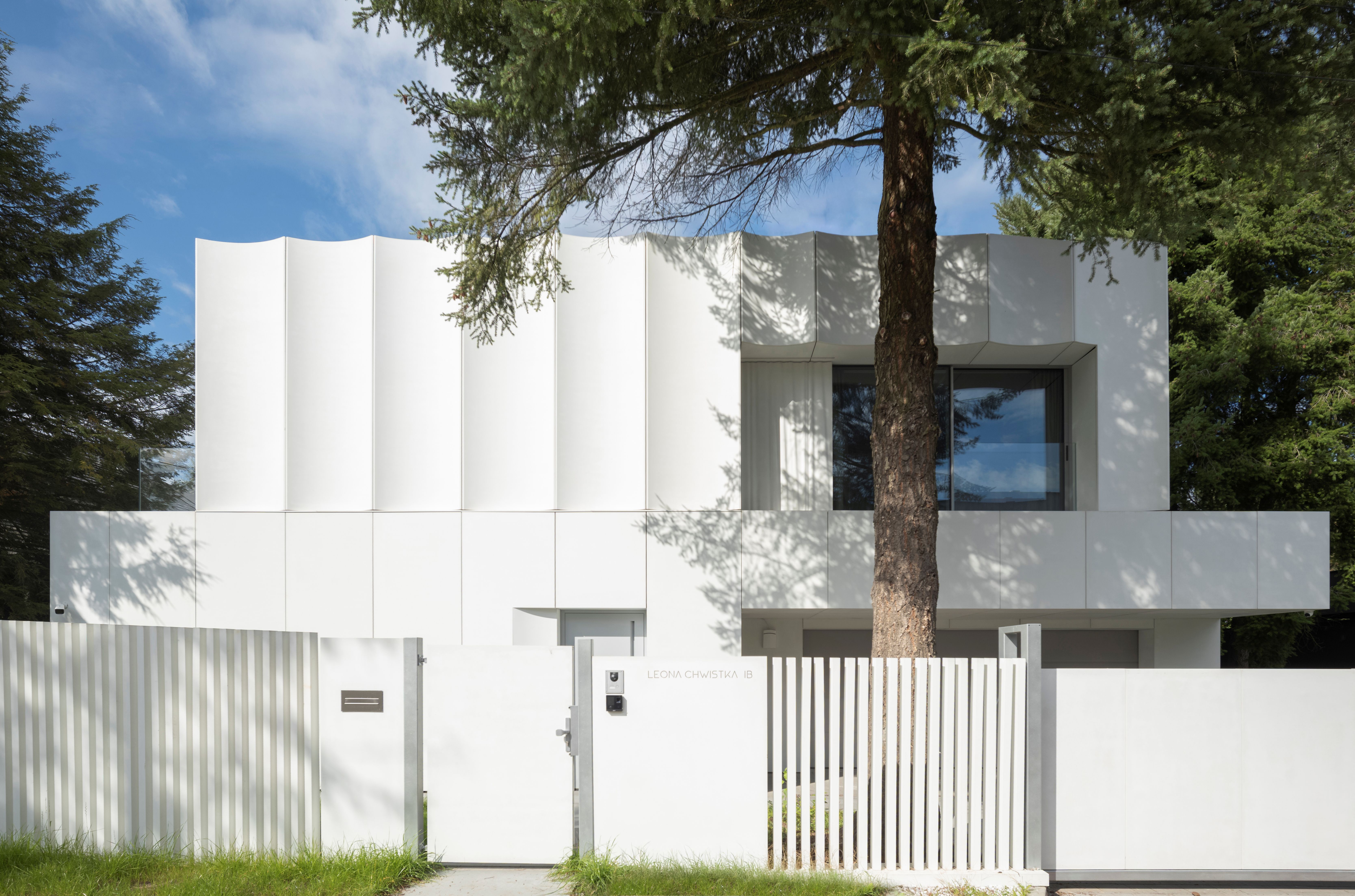 Like a modernist iceberg, this Krakow house has a perfectly chiselled façade
Like a modernist iceberg, this Krakow house has a perfectly chiselled façadeA Krakow house by Polish architecture studio UCEES unites brutalist materialities with modernist form
-
 Honouring visionary landscape architect Kongjian Yu (1963-2025)
Honouring visionary landscape architect Kongjian Yu (1963-2025)Kongjian Yu, the renowned landscape architect and founder of Turenscape, has died; we honour the multi-award-winning creative’s life and work
-
 ‘Landscape architecture is the queen of science’: Emanuele Coccia in conversation with Bas Smets
‘Landscape architecture is the queen of science’: Emanuele Coccia in conversation with Bas SmetsItalian philosopher Emanuele Coccia meets Belgian landscape architect Bas Smets to discuss nature, cities and ‘biospheric thinking’
-
 Explore the landscape of the future with Bas Smets
Explore the landscape of the future with Bas SmetsLandscape architect Bas Smets on the art, philosophy and science of his pioneering approach: ‘a site is not in a state of “being”, but in a constant state of “becoming”’
-
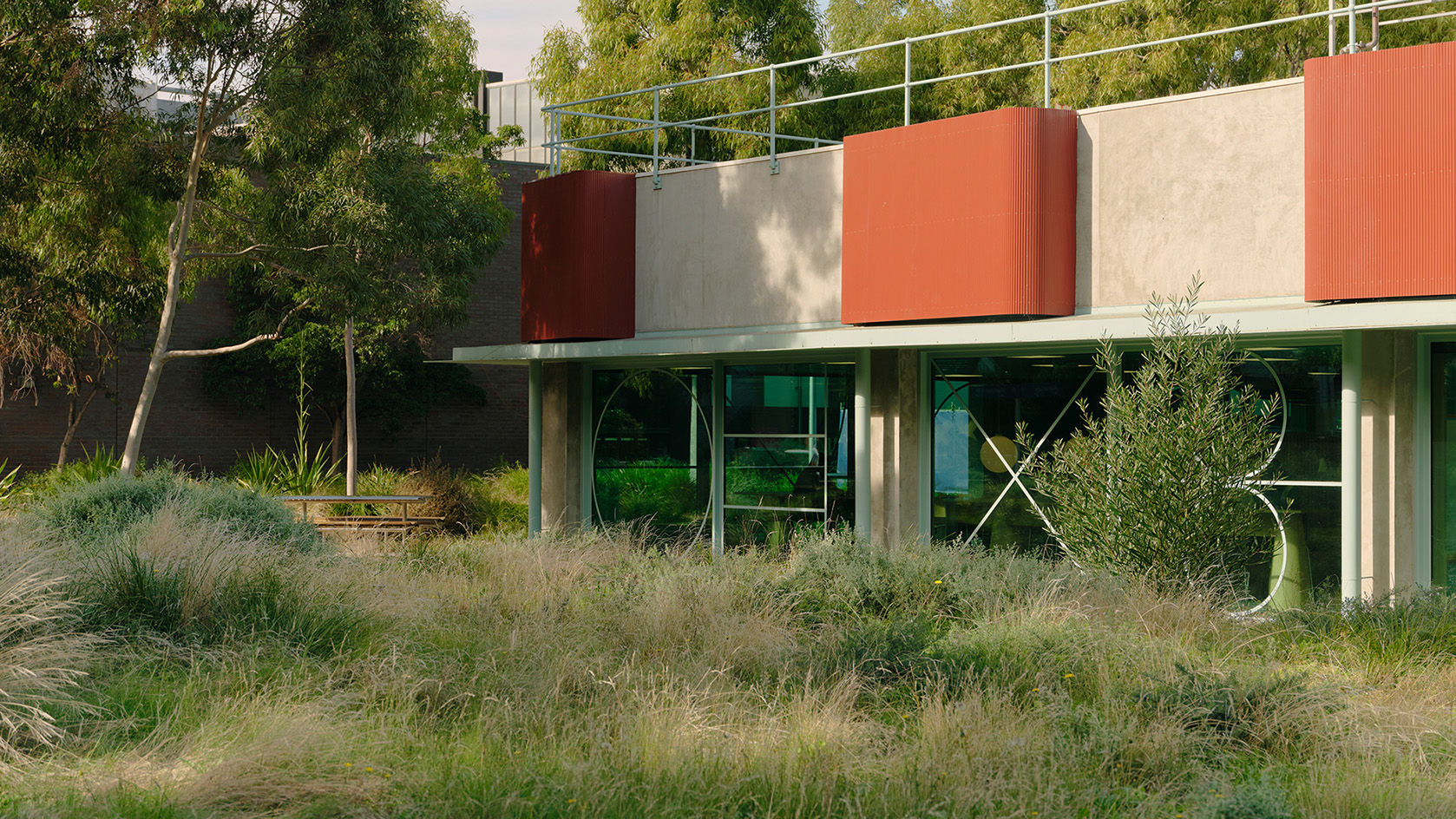 10 landscape architects to know now: the ultimate directory
10 landscape architects to know now: the ultimate directoryThe Wallpaper* 2025 Landscape Architects’ Directory spotlights the world's most exciting studios, each one transforming the environment around us with projects that celebrate nature in design
-
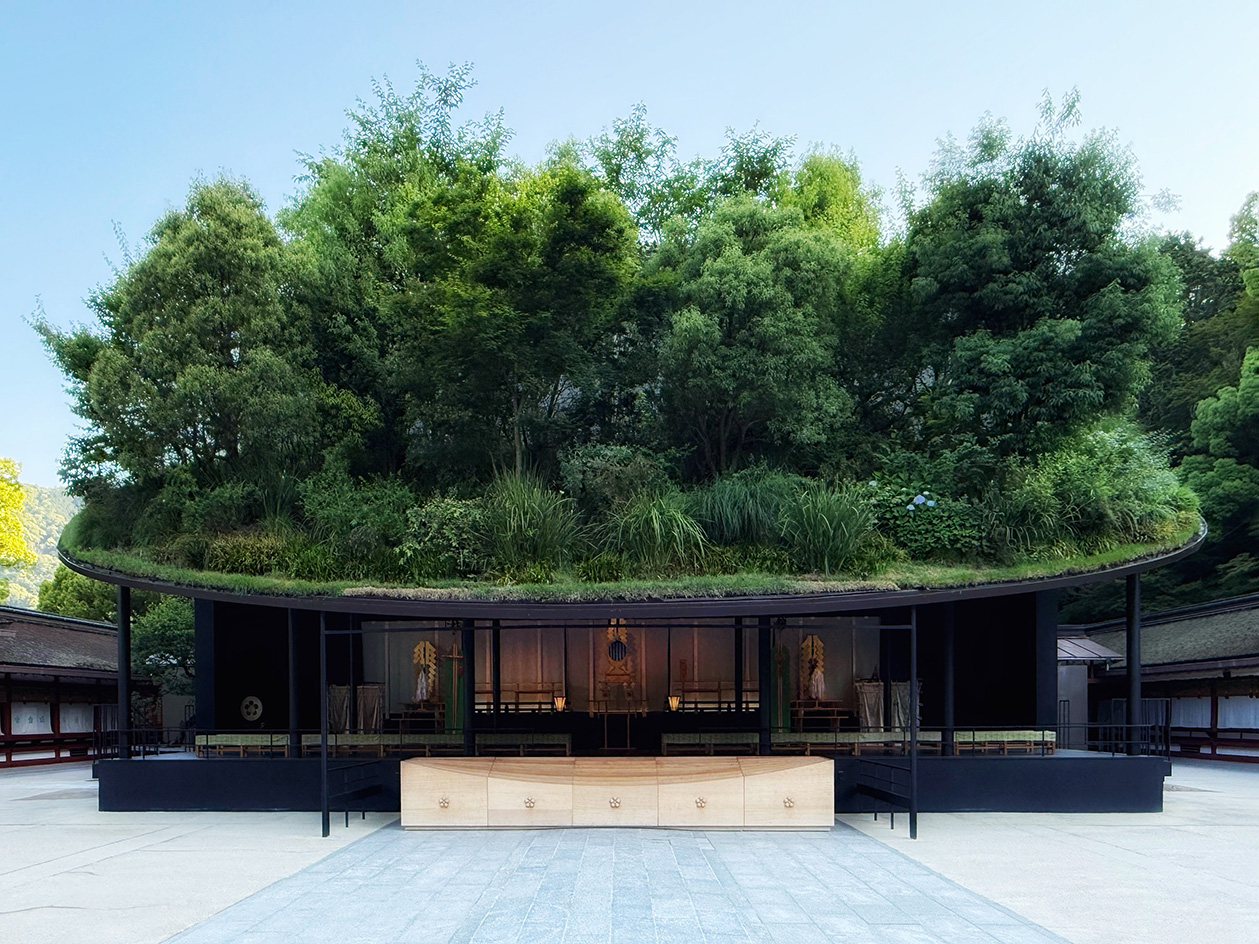 Landscape architect Taichi Saito: ‘I hope to create gentle landscapes that allow people’s hearts to feel at ease’
Landscape architect Taichi Saito: ‘I hope to create gentle landscapes that allow people’s hearts to feel at ease’We meet Taichi Saito and his 'gentle' landscapes, as the Japanese designer discusses his desire for a 'deep and meaningful' connection between humans and the natural world